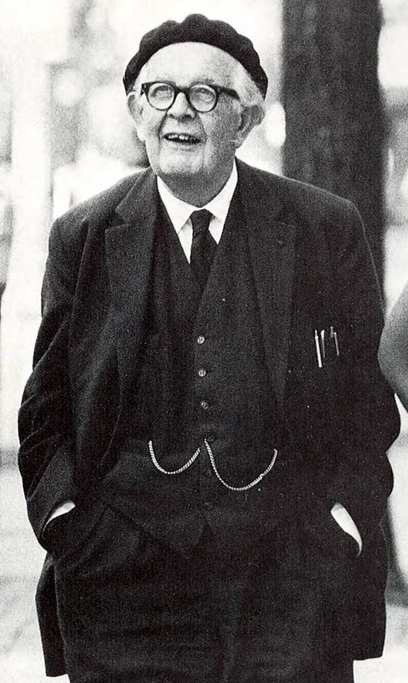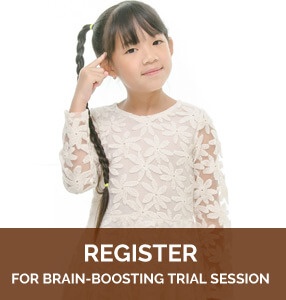Who is Jean Piaget?
Today’s post is all about Jean Piaget and his theory on how children learn.
Jean Piaget is a renowned psychologist in the early 1920s who spent most of his life studying and researching on the cognitive development of children. His interest in this field began when he was at Grange-Aux-Belles Street School for Boys in France. While marking intelligence tests there, he realized that young children consistently made types of mistakes that older children or adults don’t.
He then proposed a theory (Theory of Cognitive Development) that intellectual growth happens in a process of adaptation to the world. This process happens through 3 stages, namely Assimilation, Accommodation and Equilibration.
Assimilation refers to the use of existing schema (knowledge) to deal with a new object or situation. For example, younger children might point to a cat and call it a “dog”. To them, all four-legged furry animals are classified as “dogs”.
The next stage of learning would be accommodation. This happens when existing schemas (knowledge) does not work and needs to be changed to fit the new situations. Going back to the “dog” incident, parents would then explain to the child why a cat is not a dog even though they may look the same. The child would then alter his/her schema to better fit a standard concept of “dogs”.
Equilibration, as defined by Piaget, is the driving force behind cognitive development. When new information cannot match with existing schemas, we feel frustrated (disequilibrium). This motivates us to seek to restore balance by overcoming the new challenge (to look for answers).
This theory, when applied to education, revealed that children learn through discovery learning, which means learning by doing and actively exploring. So parents, you have every opportunity to guide your child in learning. For a lesson on basic arithmetic facts, you may consider to bring your child out to do grocery shopping with you, allow him/her to calculate the prices and check out at the cashier. For a lesson on characteristics of insects, you may want to go out in the fields for a bug hunt!
This theory also shows that children also learn when they are presented with useful problems that create disequilibrium in them. The more a situation intrigues them, the more motivated they would be to understand and resolve the disequilibrium. However, it is important that problems presented are age appropriate and that your child is guided through resolving his/her disequilibrium. An age appropriate problem ensures that the child is able to resolve the disequilibrium, gain learning success and motivation for learning!
References
McLeod, S. A. (2009). Jean Piaget | Cognitive Theory. Retrieved from http://www.simplypsychology.org/piaget.html








